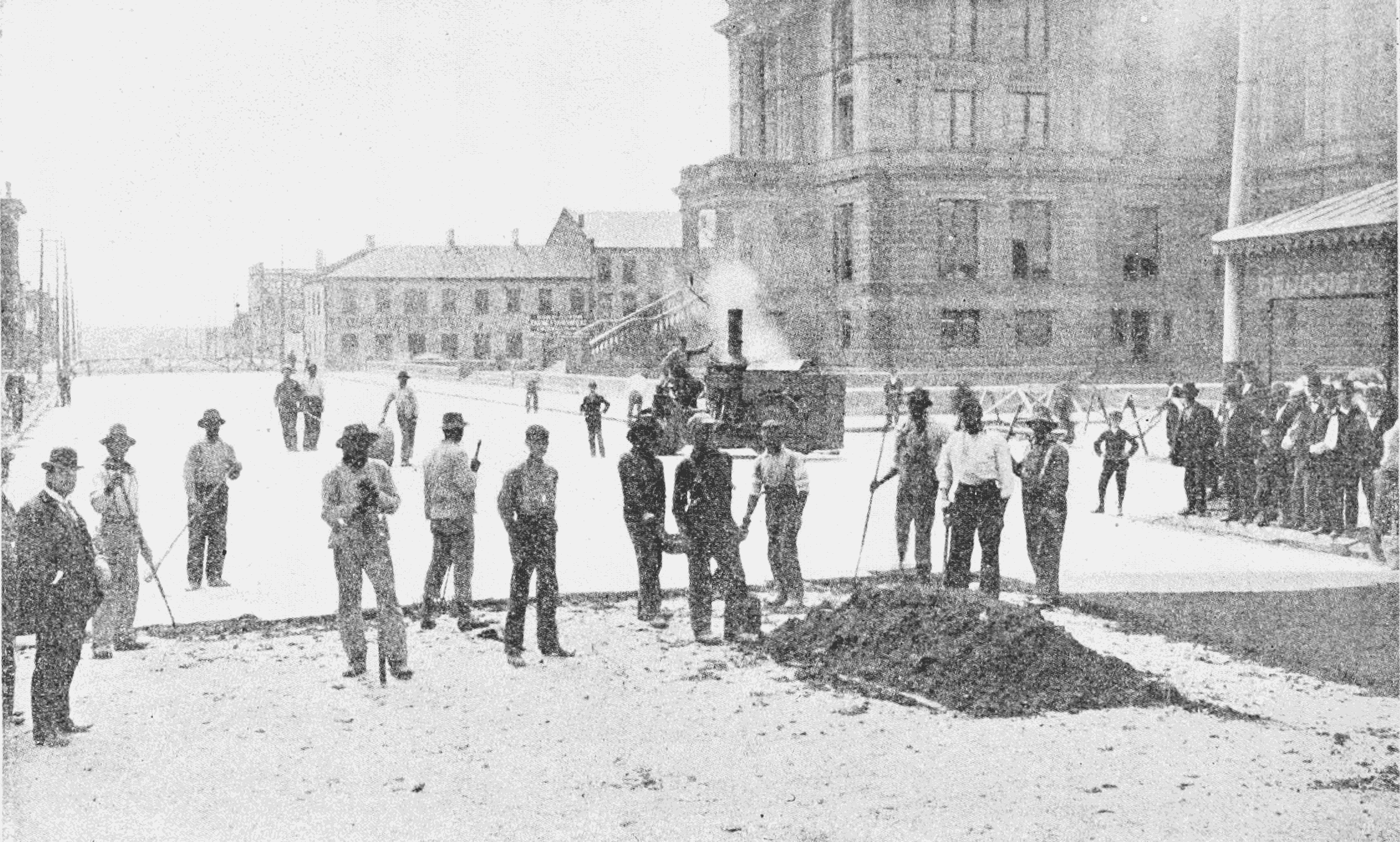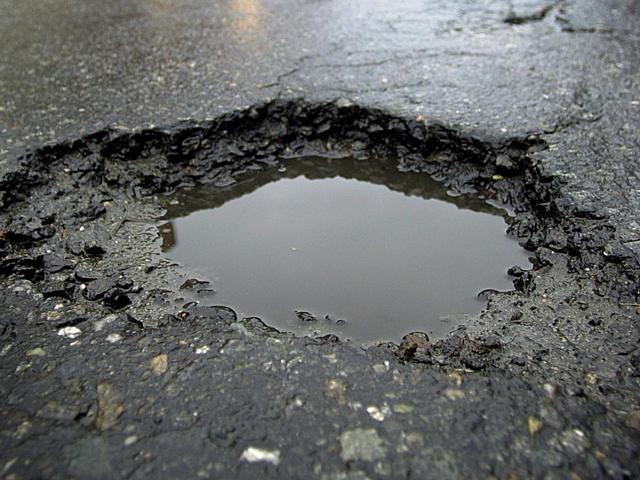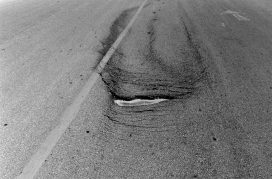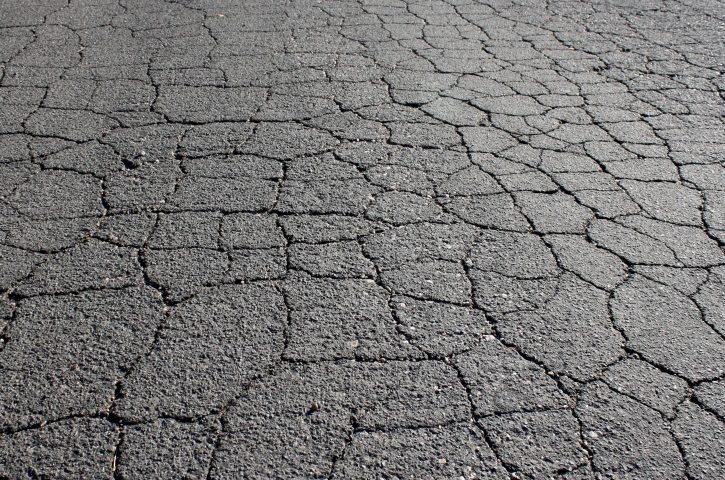
12 Cool Facts About the History of Asphalt
February 27, 2018
What Causes Potholes?
February 28, 2018Is your parking lot suffering from bad pavement cracks?
Crack sealing is great, as it’s an important way to extend the lifespan of your asphalt, provided you don’t let your cracks grow past ¼” to 1” wide.
Crack sealing is great for when you have:
– Longitudinal cracking (running parallel to the pavement centerline)
– Transverse cracking ( perpendicular to the direction of traffic)
– Block cracking (interconnecting cracks that form a pattern)
But when is crack sealing simply not enough? When is the damage so extensive that the most cost effective treatment is no longer an option?
Crack sealing and filling is simply not efficient on:
Fatigue Cracking
Also known as Alligator Cracking, due to interconnected cracking with a pattern that resembles alligator skin. This pavement is fatigued, or “worn out” from heavy traffic. This can be caused by accumulate damage, poor sub grade support, age hardening and poor drainage. To prevent this from happening, a quality asphalt contractor makes sure to use quality materials, includes adequate drainage, and suggests a preventative maintenance treatment. The only repair solution in this case is full depth reclamation or a thick overlay. Don’t let your pavement cracks get this bad!
Reflective Cracking
This happens when cracks from existing pavement come up through a new surface or overlay. This happens when asphalt pavement overlays are placed over severe pavement cracks. If not properly maintained, these cracks can allow water to penetrate the underlying layers and cause further damage. This can be prevented by removing the existing pavement before an overlay, by using a thick overlay and by including interlayers (stress absorbing fabrics/membranes). Repairing reflective cracking will require partial depth repairs and/or removing and replacing the cracked pavement layer.
Slippage Cracking

Crescent-shaped cracks in the surface layer of asphalt where the new material has slipped. This is usually caused by a lack of bonding between layers, often because a tack coat was not used to develop a good bond between the asphalt layers or because a prime coat was not used to bond the asphalt to the underlying stone base course. The only way to repair these “stretch marks” is to remove the entire area for a partial or full depth patch.




